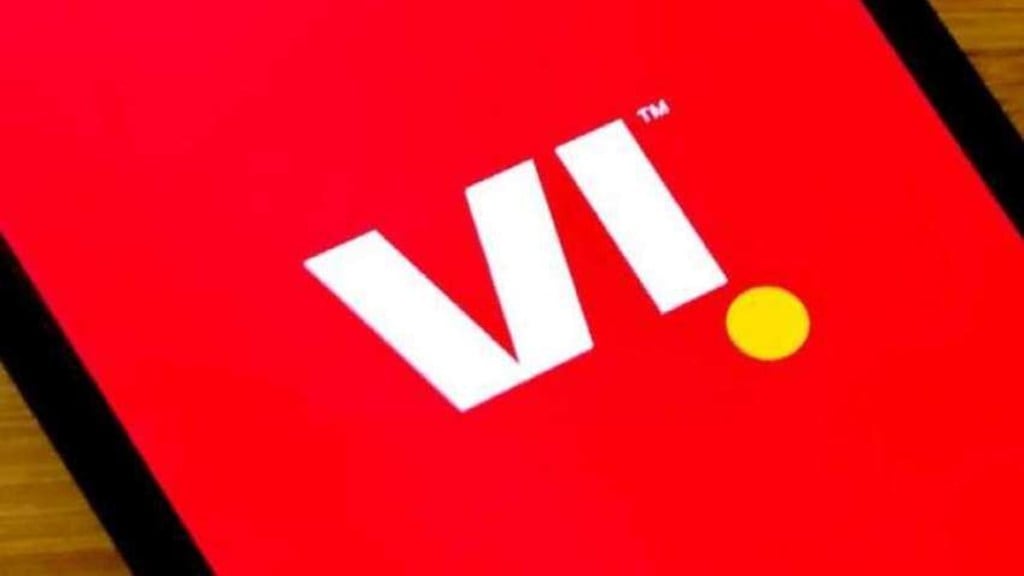With no signs of comfort on Vodafone Idea’s (Vi) Adjusted Gross Revenue (AGR) dues matter, the telecom company faced another setback after the government said that it is not keen on giving further relief in the form of relaxed or extended payment schedule, a Business Standard report stated citing senior officials in the Department of Telecommunications (DoT).
No relief in sight for AGR dues
While Vodafone Idea continues to engage in discussions with the government, officials told the publication that any relaxation on the payment schedule is improbable. The AGR amount, which stands at around Rs 84,000 crore, is due from FY26 onwards. “Giving further financial leeway is becoming increasingly difficult,” a DoT official told the publication.
Under the 2021 telecom relief package, according to a senior DoT official, the Centre had already converted Rs 36,950 crore of Vi’s dues into equity, making it the largest shareholder with a 49 per cent stake. This was done to give Vi breathing space during the moratorium period.
Payment timeline
The company has a major financial obligation of approximately Rs 18,000 crore due by the end of FY26, but its cash reserves stood at only around Rs 9,930 crore as of March 2025—raising concerns about its ability to meet the dues without external assistance.
Any additional concessions from the government would require a broader policy change that would impact all telecom companies, including Bharti Airtel.
Warning against duopoly
However, Union Telecom Minister Jyotiraditya Scindia had, in June, said that India cannot afford a duopoly in the telecom sector. His statement is being seen as a signal of government intent to support Vodafone Idea and prevent further erosion of competition in the telecom sector.
The last communication released by Vodafone Idea on AGR dues had come on June 24, 2025, wherein it had said that the company has not received any communication from the government about AGR relief.
Earlier, Vodafone Idea (Vi) posted an in-line performance for Q4FY25, showing modest gains in key indicators like ARPU and a slowdown in subscriber losses. Nevertheless, the company’s long-term viability continues to be uncertain.

